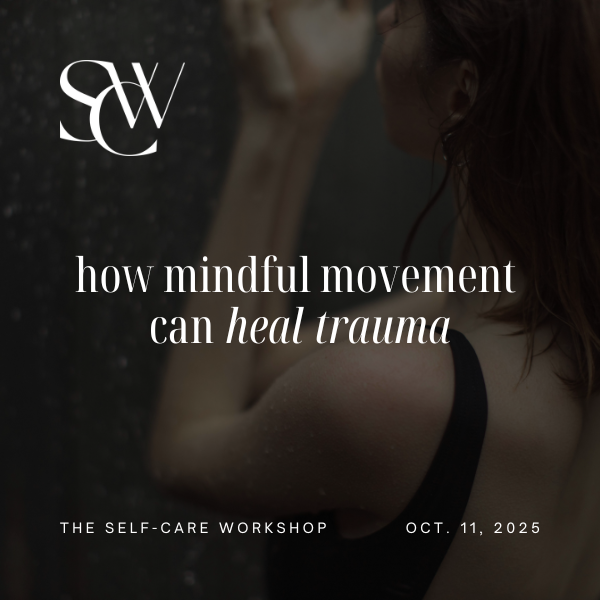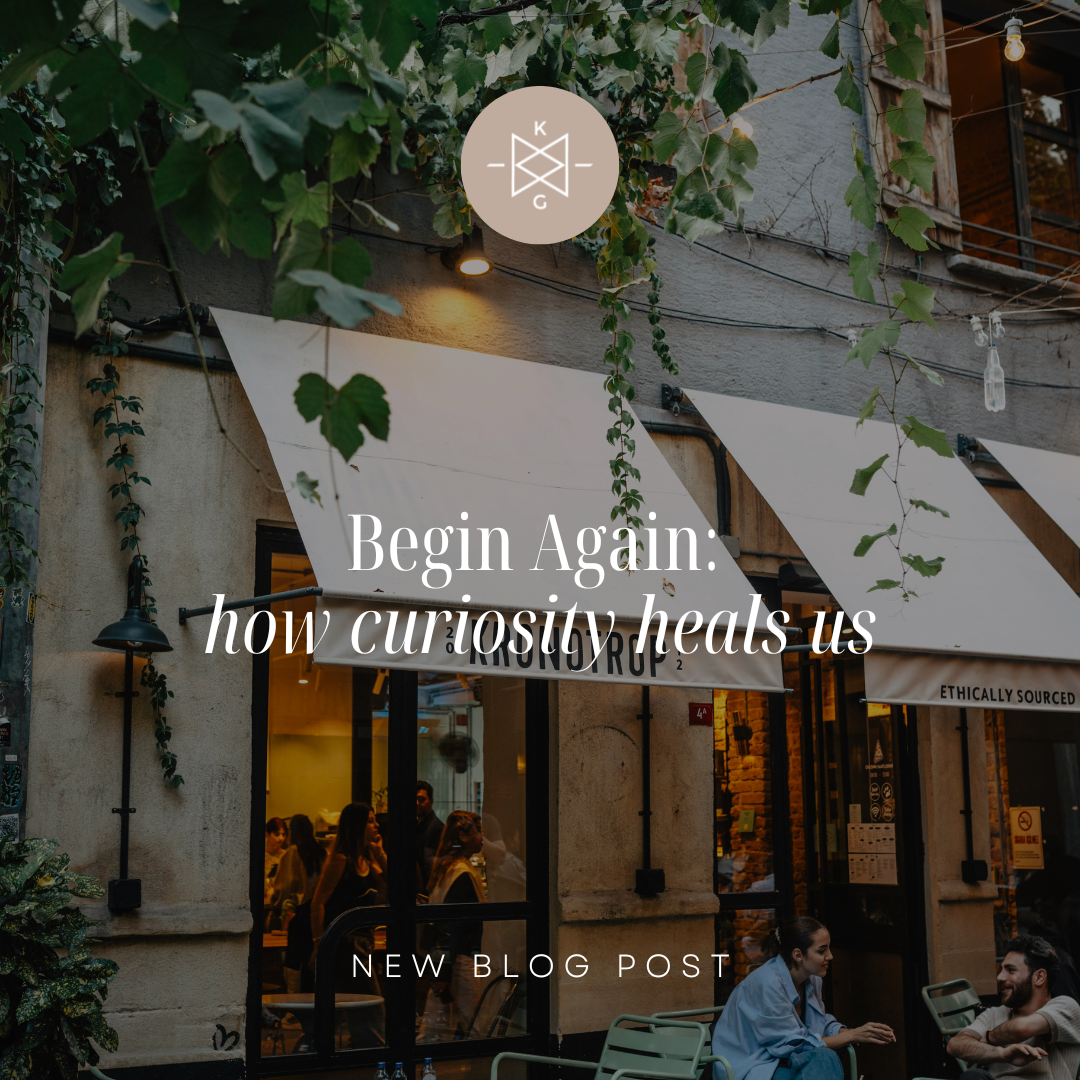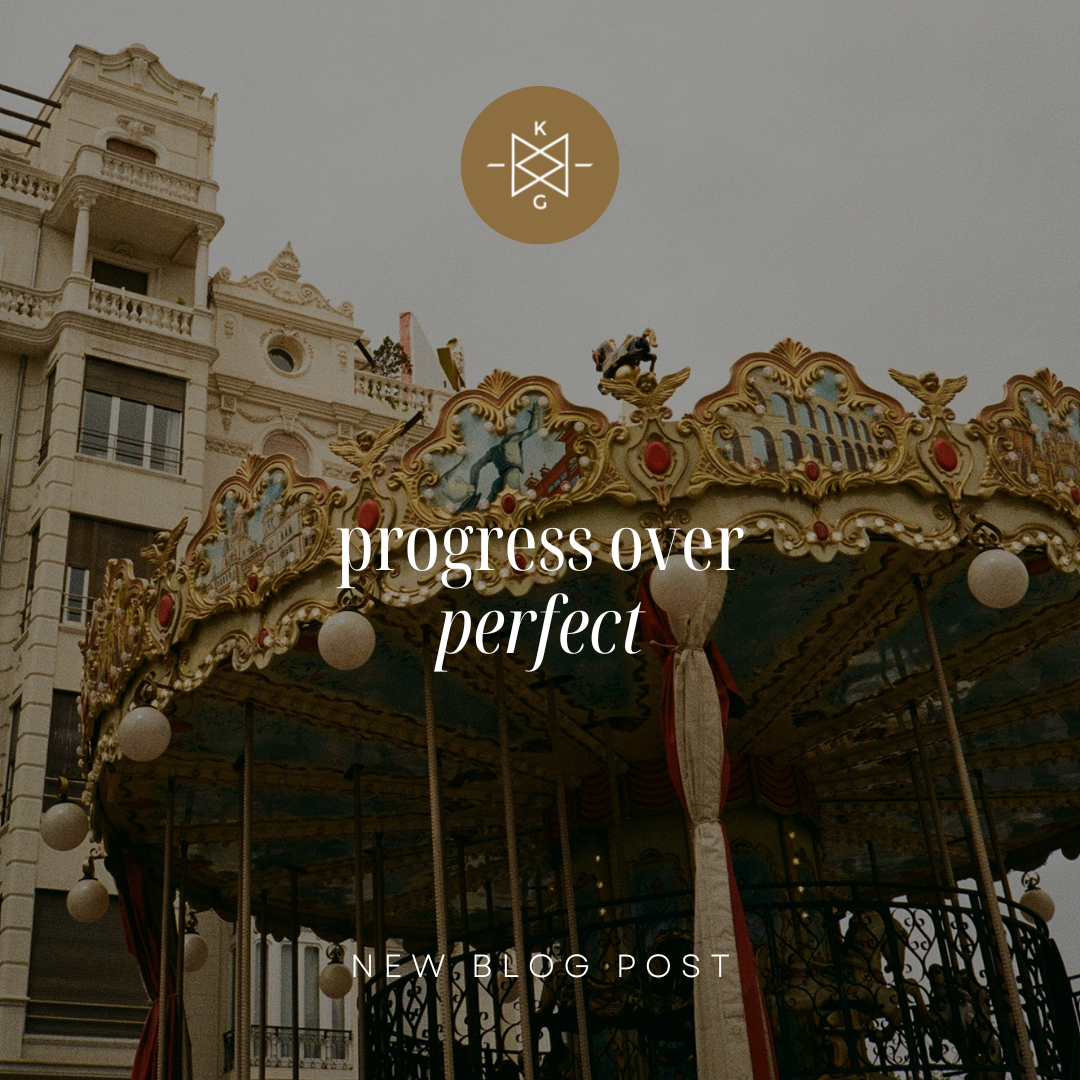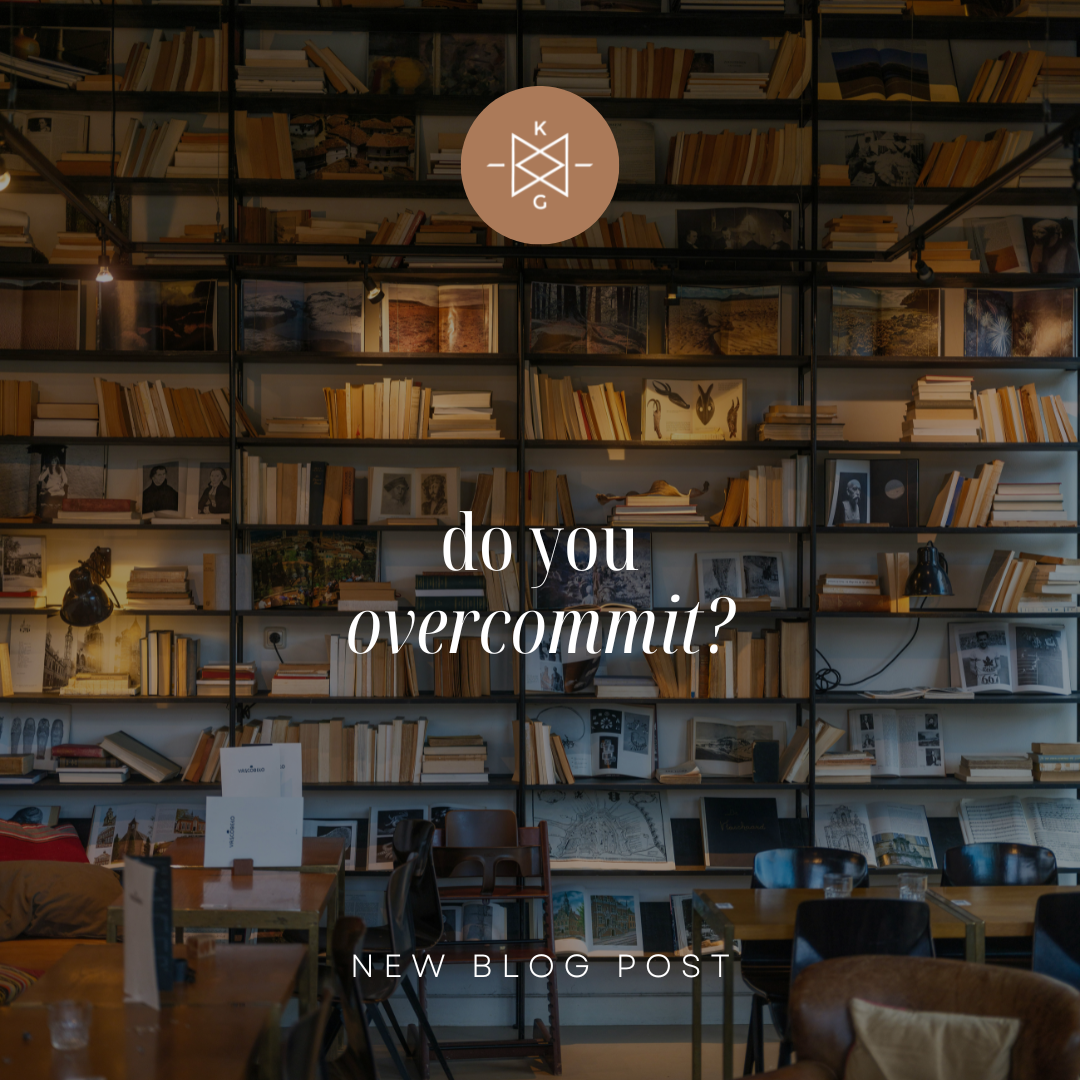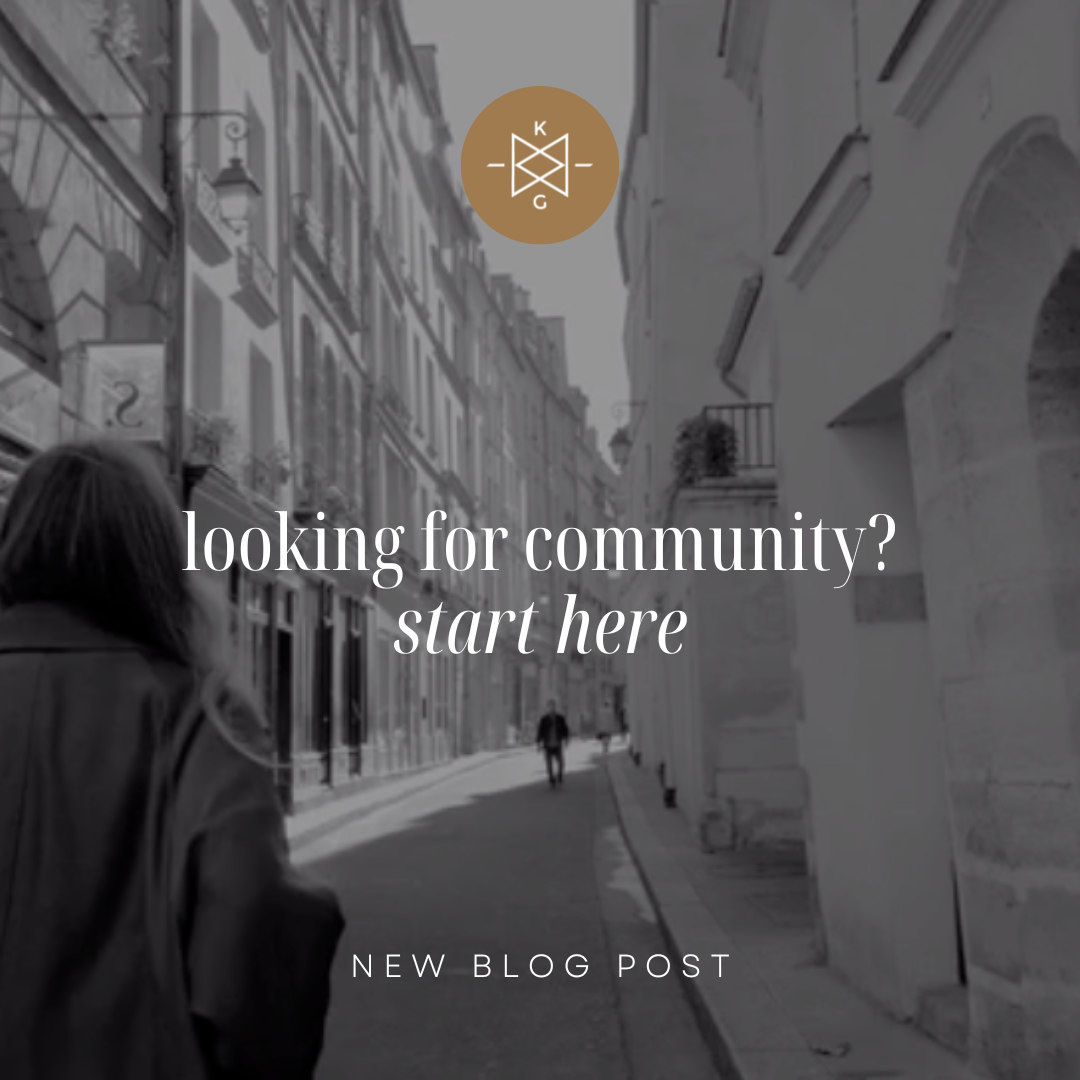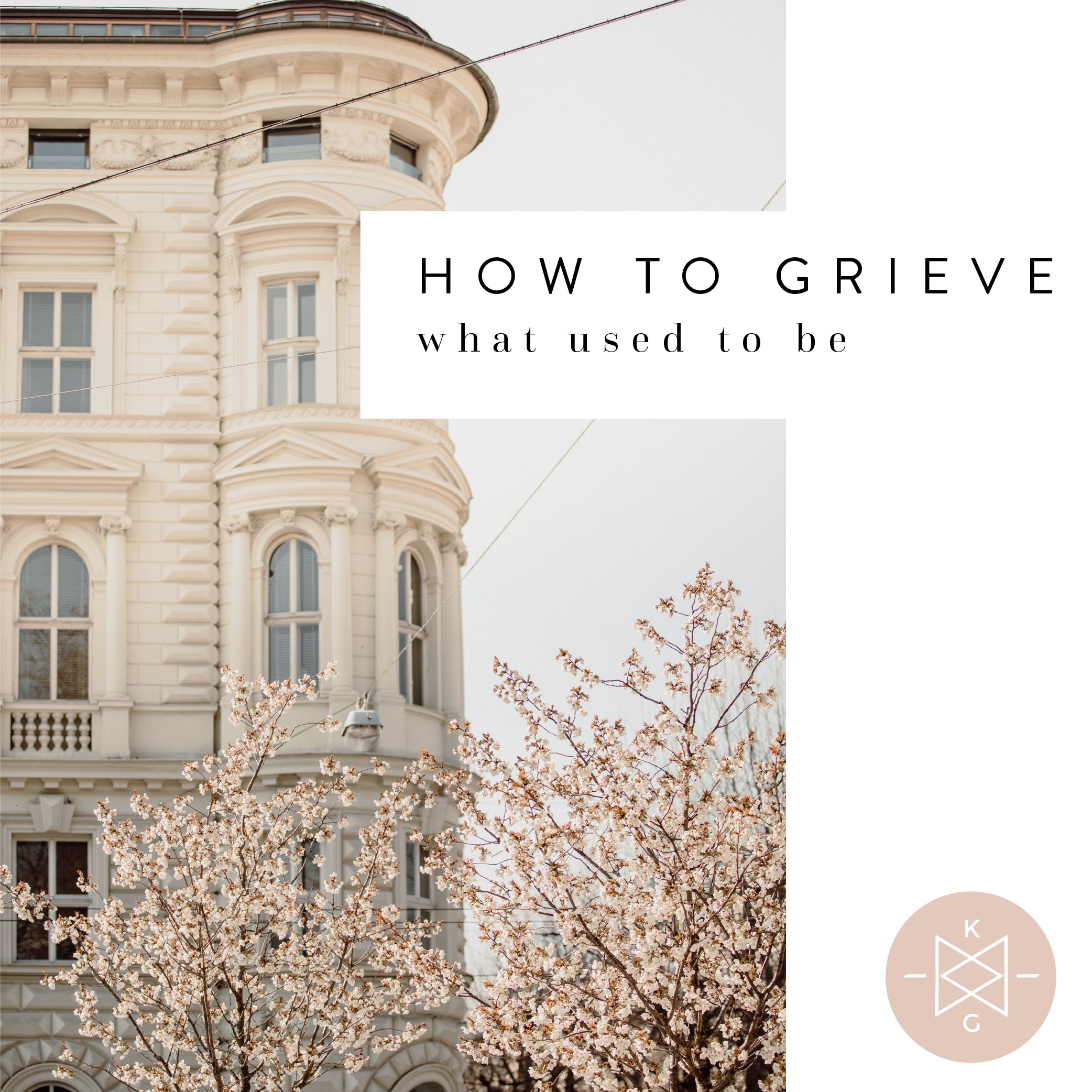
The Blog
Recently Featured
All Blogs
Enneagram Subtypes and My Chat with Beatrice Chestnut
“The opposite of home is not distance, but forgetfulness.”
-Elie Wiesel
May is Enneagram Exploration month here on the blog. Last Thursday, we celebrated this lavishly, kicking things off with an Instagram Live discussion on Subtypes with, as I’ve heard her called, the Grand Dame of Subtypes, Beatrice Chestnut.
Beatrice is an author of two books, The Complete Enneagram: 27 paths to greater self-knowledge and The 9 Types of Leadership: Mastering the Art of People in the 21st Century Workplace.
Both are must-reads. The Complete Enneagram is my absolute favorite comprehensive book on the Enneagram, hands down. Not only does it provide a deep dive into subtypes, but it also provides an academic overview of the Enneagram and its history.
Beatrice is also a psychotherapist and coach, training practitioners and leaders to take their Enneagram knowledge to a deeper understanding and application both in work and life.
This is my passion as well: helping people harness the transformational power of the Enneagram in their own healing, relationships, and work.
I’ll be releasing that interview later this month, yet in the meantime, I want to parse out the major takeaways of our conversation. Subtypes are, after all, a bit complex in nature, and can be easily misunderstood or glossed over.
I believe they are a game-changer, lending a whole new level of understanding into who we are and why we do the things we do.
Let me tee this up by giving a quick overview of this system:
The Enneagram can be broken down into three Centers of Intelligence: the head, the heart, and the body. Within each center, or triad, there are nine interconnected personality types. This we know. If we peel back the next layer, we discover each of the nine types is actually a triad in itself containing three more definitive subtypes within the type. So, we know there are actually 27 types as opposed to nine. The three subtypes within each of the nine types is also connected to three driving animal instincts: self-preservation, social, or sexual (or one-to-one).
Here are the three biggest takeaways from our discussion:
Subtypes help clarify type. Discovering type is often a difficult process. This is partly because there are only nine types and billions of us so it can feel downright limiting and often reductive to identify our dominant type as there is such variance within type. If you struggle to identify your dominant type, try on the subtypes within the types you feel closest describe you. You may discover a perfect match.
Subtypes are more helpful as a growth tool than wings. Wings are talked about much more than subtypes. I learned this is because there hasn’t been clear, compelling content written about subtypes readily available. Also, there is great confusion as The Wisdom of the Enneagram, the Riso/Hudson classic, calls them instinctual variants. Also, wings tend to be easier to identify. They are physically on either side of your dominant type. However, Beatrice explained that wings are more of a flavoring of type that can shift throughout life. Subtypes can be used in a deeper way to grow beyond limiting, unconscious behavior.
Instinct + Passion = Subtype. It’s so important to note the nuance of subtypes within each type. Like I said earlier, no two subtypes are alike even though there are the same three choices for each type. Instead, they can be explained by a person's predominant driving instinct (self-preservation, social, or sexual) fused with the specific passion, or emotional motivator, of a person’s type. This creates a distinct character type within each of the nine to really sink your teeth into. For me, this looks like the self-preservation instinct, as it is my dominant, mixed with envy, the passion of a type four.
To wrap it up and put a bow on it, I love working with subtypes because quite simply, they help us develop more balance where there is imbalance within our personality.
To learn more about the Enneagram and subtypes, join my monthly Enneagram and Self-Care program, The Practice.
Love & Gratitude,
Katie
Resilience and How to Practice Joy
“Joy, collected over time, fuels resilience.”
-Brené Brown
Are you afraid of joy?
I know…bizarre-o question.
Yet, after over a decade working as a therapist, I’ve had a curious finding. Humans are, indeed, scared of joy. Beyond anger, sadness, grief, shame, you name it, we are more resistant to feel prolonged joy than other emotions.
Why is this?
I call it “the other shoe syndrome.” If we bask in moments of joy, small though they may be, eventually, the other shoe will drop, leaving us disappointed, or perhaps ill-prepared. We’re so afraid of the let down that we settle for scarcity and self-protect.
In other words, joy is too risky. Something terrible might happen on the other side so we opt out altogether and dumb down desire. That way, if we run tactics on worst-case scenarios, we have nothing to lose.
After all, we have what’s called a negativity bias, or gravitation towards negative stimuli around us. Fear has kept us alive as a species through the ages, yet we don’t really need it to stay alive in the same way our primal ancestors did. This negativity bias has a strong evolutionary pull on our awareness, making joy more of a learned practice.
Brene Brown says it best, “When we lose our tolerance for vulnerability, joy becomes foreboding. As a result, we dress-rehearse tragedy and beat it (vulnerability) to the punch.”
Not so fast, Cowboy. As humans, we simply can’t opt-out of vulnerability.
We must risk something along the way. Expansion requires it. So does love. In both, there are no guarantees.
It’s worth noting that the goal here is not the absence of struggle. You may have noticed lately, struggle is an integral part of life. The goal is resilience, or the ability to recover quickly from life’s challenges.
As we learn to practice joy, this opening up to hope amidst life’s challenges, guess what grows? Yep…resilience.
How do we practice joy? I’m convinced it’s a three-fold process.
When Joy flashes her tooth-y grin in your direction, don’t look the other way—get curious. Flirt with her, even if she’s there for just a minute.
Then what?
Pivot to gratitude. Research shows the most joyful people in the world are also the most grateful. This blows far beyond circumstance. It’s a result of practice. When we pivot to gratitude instead of scarcity, we build up new accessory muscles we didn’t know existed. This, in turn, becomes habit over time.
In that practice of gratitude for this joyful moment—breathe it in—stay with it. Brain science tells us it takes three deep breaths or eleven seconds to form a new neuropathway in your brain. By basking in these joyful moments, you are literally rewiring your brain to make you a more wholehearted, receptive person.
These simple sightings of joy are oxygen for the soul. I think we can all agree, we need it — now more than ever.
Love & Gratitude,
Katie
P.S. Join me on Instagram Live this Thursday at 2 pm CT to talk Enneagram Subtypes with Author, Psychotherapist, and Expert Beatrice Chestnut. Follow me on Instagram.
How to Grieve What Used to Be
“Let everything happen to you, beauty and terror. Just keep going, no feeling is final.”
-Rilke
How do you grieve?
Let’s back up. What do you know about grief? How is it different from sadness or depression?
We know they are look-a-likes. Both involve intense sadness and even despair. Grief, however, is the normal and appropriate response to a great loss, often the death of a loved one. Whereas grief and depression share several characteristics such as heightened emotions, fatigue, appetite disturbances, loss of pleasure, and inability to enjoy things, they are not the same. A big contrast is depression is usually marked by a tendency to isolate from others with little or no experience of pleasure.
The grieving person usually stays connected to others through the process and hopefully experiences pockets of joy or pleasure along the way. Something I learned from the grief guru himself, David Kessler, is that grief must be witnessed—loved one(s) hopefully walk alongside and see this pain integrating into our lives so we can process it better.
There’s also this thing called anticipatory grief: deep sadness for what will be lost. The fact that life will never fully go back to the way things were is what that tastes like. Just as air travel did after 9/11, this virus will mark history in an unprecedented way.
You may know there are five main stages of grief: denial, anger, bargaining, sadness, and acceptance. So here’s how those stages pertain to the pandemic that’s coursing through the unwilling veins of our world:
Denial: This won’t affect me.
Anger: I’m so pissed we didn’t act faster as a nation. And I hate staying at home all the time without work and independence!
Bargaining: If we wear a mask and keep our distance, this will all be over, yes?
Sadness: I feel helpless because there’s no real endpoint.
Acceptance: This is really happening and I can do my part to help out.
Grief is complex and not linear. For all you type A’s out there, beware of trying to grieve neatly. It won’t happen. It’s messy, cyclical, and much like whac-a-mole.
One day we can be fairly poised, the next mad as hell, and the next denying anything’s actually happening because the weather’s finally warm and sunny.
As you can imagine, the real power lies in the acceptance piece. When we are able to simply allow what’s coming up emotionally and let it move through us, we can access acceptance more quickly. After all, the word “emotion” is mostly comprised of the word “motion.” That said, we must allow emotions to come up and move through us as they are created in our bodies. If we don’t do this, we create bigger problems down the road.
So how do we grieve what used to be? The lovely life you’d grown accustomed to? The lifestyle and rituals you carved out over the years? How do you make sense of this new normal?
By assigning meaning to it.
We must appropriate purpose to our grief. Eventually, we must be the hero in our grief story as opposed to the victim.
David Kessler actually built out the grief process to include meaning as the sixth stage. How powerful is that?
Let your grief work for you and create deeper, richer meaning in your life right now. Your shock is appropriate, your tears are precious, your anger—valid. We are all on this spiritual journey together as we are becoming more real through our pain.
Love & Gratitude,
Katie
P.S. Need a safe space to process and grieve? I’d love to have you join my Online Support Group called Bloom. Click here for more info.
Pick Two Things: How to Avoid Self-Sabotage
“The real voyage of discovery consists, not in seeking new landscapes, but in having new eyes.”
-Marcel Proust
If history ever presented us with the opportunity to do some serious personal inventory, it is surely now. In fact, you may find yourself with quite a bit more time on your hands sans the limitless distractions of the normal hustle and bustle of life and work. (That is…unless you have kids at home!!!)
Personally, I don’t think this is a space in time to “hunker down” as we anxiously await the return to business as usual. Sure, I miss hugs and coffee shops and frivolous errand running just as much as you. However, I believe we can learn some invaluable lessons from this time if we let it teach us what it wants. Also, I’m not so sure returning to “normal” is where we are headed…I think it’s somewhere much better. It will hopefully include more intention and less trance, more gratitude and less impatience, more “we” and less “I.”
The invitation we are being presented with is quite simple: to wake up. Isn’t that what any crisis does? Nudge…or jerk us awake?
Well, I’m pretty sure Miss Corona has our full attention.
Now what?
Helplessness is incredibly hard to stomach. I want to help and yet I don’t feel like my help makes a dent. Even in my best effort, there is so much out of my control. That is…if we are looking “out there.”
One of the most loving and powerful things you and I can do to help shift this global health and economic crisis is to tend to our own garden. By this I mean, nurture, grow, and prune our lives in a way that adds to a greater, more beautiful collective human consciousness. In essence, if you take good care of you, practicing that which you want to grow and cutting back that which you want to weed out, you’re making a huge difference.
Why does this matter when so many are losing their jobs, fighting to put food on the table, on the frontlines of hospitals, and suffering crippling anxiety about the future?
It matters because what we believe about our situation has the power to shift everything. If this sounds esoteric and intangible, it’s not. A belief is just a thought you keep thinking, over and over again. We can practice our thoughts just like we can practice piano. A practice helps us improve anything over time.
It’s dig deep time right now, friend. As tempting as it is to numb out right now with food, wine, Netflix—you name it, (no shame!!!) we must balance our response to this history-making invitation. The invitation is to respond, not react. Sure, we can have fun in the process, too. It’s more about honoring our future selves—the beings we’re becoming.
How do we do this? NOT by reacting extremely, taking on every hobby, self-help book, and at-home exercise regime on the market.
We do this by believing what we want to create more of in our life and community. Belief has the power to shape your perception and change your reality.
What will you believe about yourself and this time right now? What thoughts will propel those beliefs? Are they thoughts that tend to your soul’s garden? Do they promote hope and possibility? Don’t worry about all of them…
Just pick two—two thoughts that will directly impact and grow the beliefs you want to have for yourself and your life right now. Practice thinking those thoughts, over and over, especially when fear floods in. It’s okay if they feel weird. Your brain probably isn’t used to them.
Here are my two thoughts. You can use them for now if you’re needing some inspiration:
1) I am fully supported by God, or Higher Power.
2) I am totally in control of what I want to create in my life.
3) (BONUS) I choose to create more love towards myself and those who are in need.
On that note, sending you a massive virtual hug right now.
Love & Gratitude,
Katie
P.S. Join me and best-selling author Ally Fallon Wednesday at 2pm as we go live on IG and discuss the writing process, Enneagram 4’s, and self-care!
How to Cultivate Self-Compassion in Crisis
“You can’t stop the waves, but you can learn to surf.”
-Jon Kabat-Zinn
You may have noticed your inbox building to new levels lately. The gist of each message? Anxiety and how to feel less of it during these challenging Covid-19 times. Don’t get me wrong: many of said emails are very helpful. However, I believe we are missing a big point if we fail to understand this: anxiety and fear are there for a reason. They are not invasive emotions haphazardly trying to wreak havoc on your otherwise lovely life.
Human beings are wired for survival. The most primal part of us is our instinct—this animal-esque tendency to do one thing and do it efficiently: procure dinner.
You know what has aided this process for all of history? A fear response you know all too well: fight or flight (or freeze.) When our survival is threatened, this response kicks in to let us know we need to either run like hell or go into combat (or blend in with the trees).
That said, fear is very much our friend when we learn to work with and not against it. I’ve heard it said the impaired version of fear is anxiety. It’s the fear of a fear. So not nearly as helpful. In fact, it’s downright ephemeral…and paralyzing! However, I believe still helpful because it helps us identify what’s lying underneath—a fear that wants to somehow keep us safe.
Why is this helpful to you right now? Because how you move through this time will be defined by how you feel about it. Feelings dictate behavior. You know what dictates feelings? Yep…those often-pesky thoughts.
All the well-meaning people sending you emails about how to reduce anxiety have important things to say. I believe if we could dial back anxiety levels even by five percent, we’d be able to open ourselves up to a lot more opportunities these days.
However, if we think our fear and anxiety are something bad that needs to be fixed, we will only prolong feeling them. Remember? Our thoughts create our emotions. We’ll become anxious about being anxious and the hamster wheel keeps spinning! Eek!
This is why self-compassion, or the practice of being kind to yourself, is a far better approach.
It takes away all the pressure to fix you and your unruly emotions. Feeling bad about our stuck sense of anxiety during these unprecedented times is a crapshoot and will not bring about the change we are looking to experience. Being kind to yourself in the midst of it will. This approach allows us to then do the things we need to in order to process and experience change.
Science shows us that when we shame ourselves, we actually shut down the parts of our brains necessary for learning, motivation, and creativity. Beating yourself up for being in the predicament you’re in will not aid the change process. Quite the contrary.
But when we practice self-compassion, or an inner dialog that is kind instead of critical, we literally bathe our nervous system in dopamine, the neurotransmitter or messenger that communicates pleasure, among other things, between cells in your body. Dopamine is responsible for turning on the parts of our brain needed for…you guessed it: learning, creating, and staying motivated to move forward.
The more we practice the power of being kind to ourselves in the midst of this crisis, the more quickly we will be able to find personal and collective solutions necessary to move through it.
Want to learn a bit more about how to do this? Join me this coming Thursday at 3pm CST for an Instagram live discussion where we will explore how to cultivate Self-Compassion during crisis.
Love & Gratitude,
Katie
